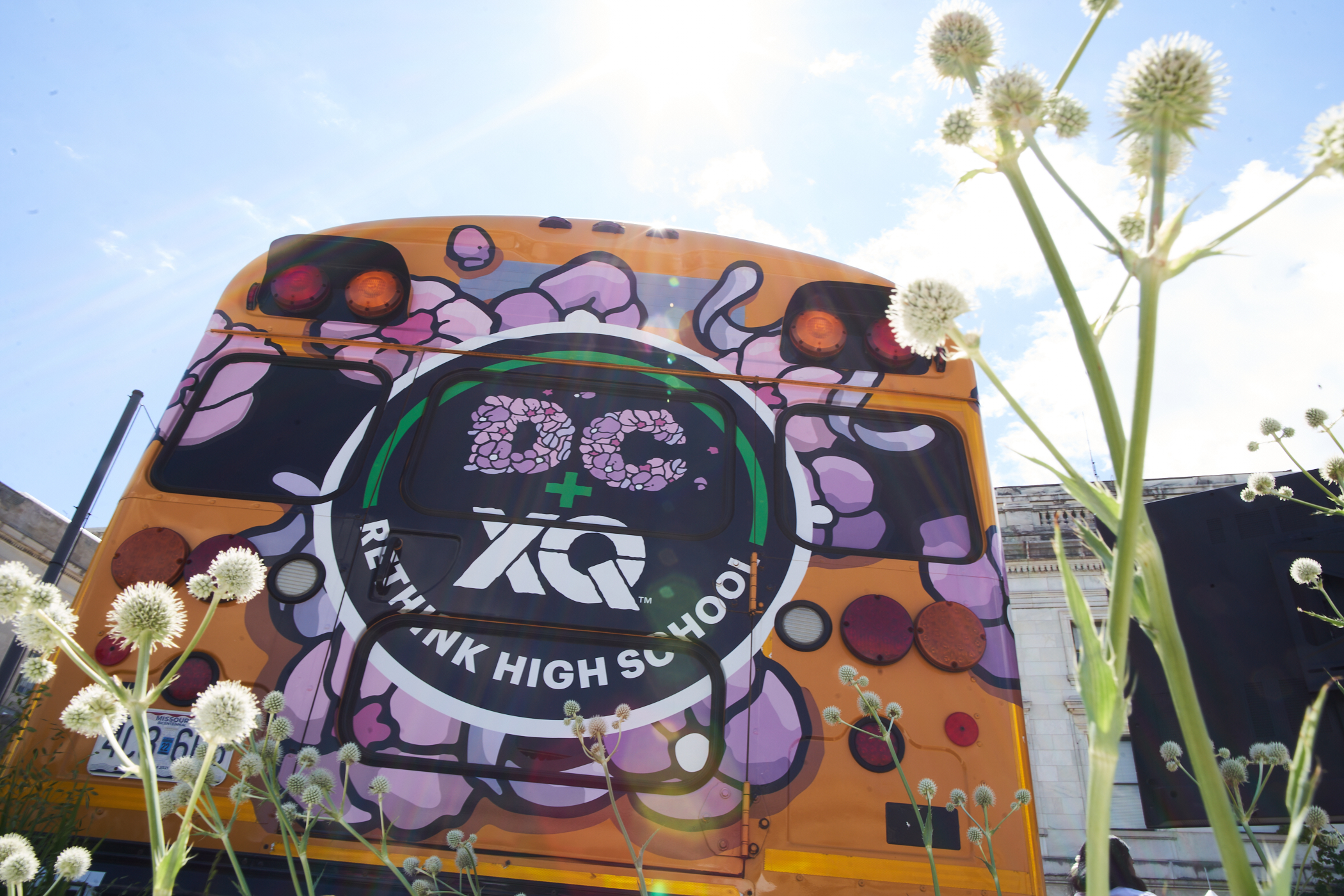5 Ways to Teach Black History Year-Round
How do we include Black history in our curriculum year-round? Here are 5 resources for you to use in your classroom.

By confining Black history to just one month, what are we missing?
Black history is American history, and it should be taught year-round. When students feel represented in the classroom and are exposed to cultures different from their own, we can achieve a more equitable, inclusive, and anti-racist education system.
How do we include Black history in our curriculum year-round? That’s our focus for this issue.
We know it’s a huge ask to change up your curriculum at this point in the school year. It’s challenging to find content with the right tone, engagement, and rigor to authentically teach Black authors, scientists, mathematicians, and writers.
So we’ll explore how you can get creative in your approach to teaching from a more culturally responsive perspective across all subjects while helping Black students feel heard, understood, and empowered, and non-Black students learn about cultures that have been historically relegated to the sidelines.
Let’s get started.
It’s important to continue learning about Black history and culture beyond February. Black contributions to American history and society need to be taught and learned in the context of all subject areas.
Why it matters: Representation matters in the classroom and helps all students thrive. More importantly, exposing students to the histories of diverse populations helps them become more empathetic and understanding to experiences that differ from their own. By infusing Black history and culture into school curricula, we can foster a more equitable, inclusive, and anti-racist education system.
That’s why it’s ever critical to make space to teach Black history and culture year-round. At XQ, we’re launching a NEW badgeable learning experience: the Black History Advocacy badge.
Educators can use this badge to infuse their curriculum with creative project ideas that celebrate Black history and culture beyond Black History Month.
Here’s how you can use this badge:
Extra Credit: A Holistic Approach to Teaching Black History and Culture Year-Round
What do we leave out, and inevitably erase, when we reduce Black history to mini-lessons four weeks per year? It’s time to teach Black history and culture year-round in a complete and holistic manner.
Why it matters: “Only teaching a Black history steeped in trauma and struggle provides a very narrow view of Blackness and perpetuates the false notion of Black people’s inferiority.” This is why it’s vital to teach the complete history, from liberation movements to achievements.
When BIPOC youth see past and present history-makers that look like them, they feel encouraged to strive towards their goals, as they see living proof that they’re attainable.
There are four areas that can help move classroom discussions past trauma towards enlightenment and empowerment:
Extra Credit: Black History Month: Teaching the Complete History
Practicing intersectionality helps us address students’ multifaceted and interwoven identities—and understand the nuances of how they interrelate.
Why it matters: Intersectionality helps us understand how students’ overlapping or intersecting social identities impact the oppression and discrimination they face.
By recognizing and honoring students’ various identity factors—gender, race, class, ability, sexuality, religion, and more—in the classroom, we allow them to build meaningful connections, practice healthy communication, and engage more deeply with class content.
To help Black students understand their unique social identities and how they shape their lives, Ever Forward Club’s Ashanti Branch explains three learning experiences from his signature workshop, “Taking off the Mask”:
Extra Credit: Black History Month: What is Intersectionality?
We must listen to and amplify Black students’ voices to empower their leadership, agency, and identity. One of the XQ design principles is youth voice and choice.
Why it matters: When we allow Black students to express their feelings and share their unique lived experiences, we help create a school culture of empathy and tolerance and one that makes diversity inclusive.
Two Maryland high schools hosted “Youth Voice” forums for their students and staff of all backgrounds which led to engaging community discussions. “When students feel like they’re being heard and valued at school, they’re able to succeed academically.”
Creating a more inclusive school means listening to all students’ feelings and stories throughout the school year, not just during cultural heritage months. Amplifying Black students voices means continually:
Extra Credit: What is Student-Centered Learning and Why is it Important?
Building an inclusive school and education system means teaching in culturally responsive ways.
Why it matters: When students see and hear themselves reflected in the classroom environment and instruction, they are more engaged academically and have better social and emotional outcomes.
However, building an inclusive classroom goes beyond just celebrating the accomplishments of Black figures. It involves culturally responsive teaching— teaching students about the intersection of diverse experiences.
Students should learn cultural histories throughout the year and across disciplines. Here are some ways to infuse culturally responsive teaching in your classroom:
Extra Credit: Teaching Black History in Culturally Responsive Ways
Don’t miss out on our new #ArtivismChallenge ft. Brandan “B-Mike” Odums, where students can explore the intersection of visual arts and activism.
Make sure to sign up here!









